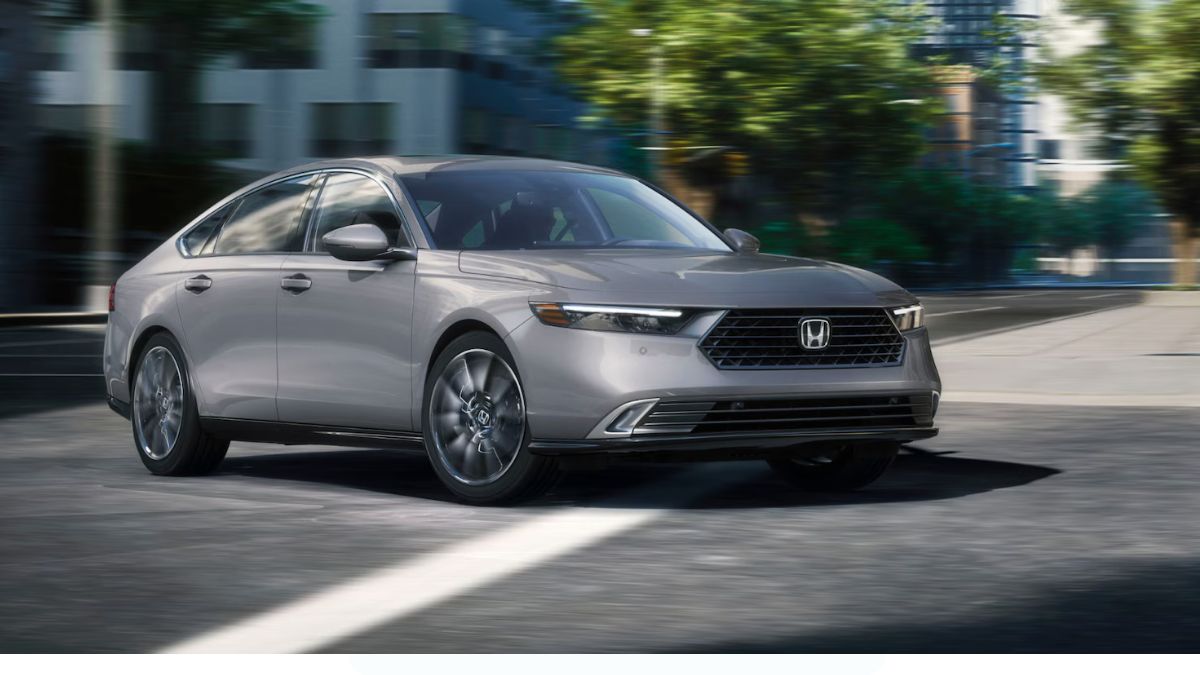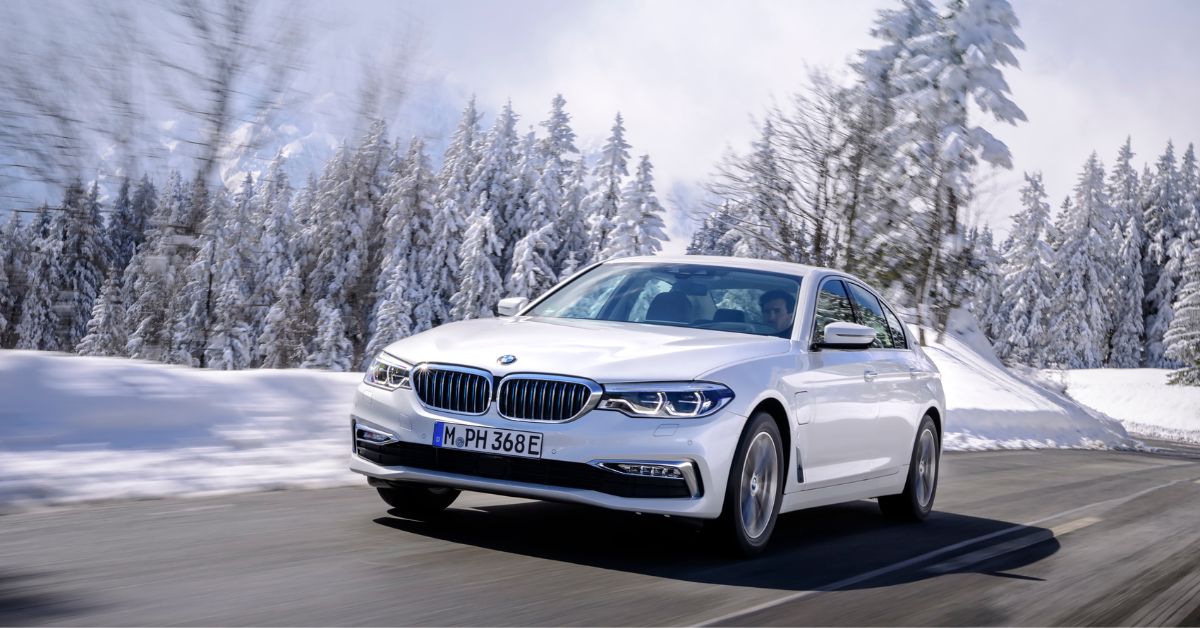Autonomous Driving Hybrid Cars are changing the way we think about vehicles. They bring together two big innovations: self-driving technology and hybrid engines. This means the car can help drive itself while also saving fuel and reducing emissions. It’s not just about mixing two features — it’s about creating a smarter, safer, and more efficient driving experience that points to the future of personal transportation.
How Autonomous Driving Hybrid Cars Work

At its core, an autonomous driving hybrid car blends smart driving technology with a fuel-saving hybrid engine. It uses both a gas engine and an electric motor to power the car. The “autonomous” part means the car can see what’s around it, make decisions on the go, and even drive itself—sometimes with your help, and sometimes on its own. This is made possible through a mix of sensors like radar, cameras, lidar, and GPS, which constantly send information to the car’s computer. The system then understands the surroundings and chooses the safest and most efficient way to drive.
Why the Hybrid System Matters in Autonomous Driving Hybrid Cars

The “hybrid” part of an autonomous driving hybrid car comes with great benefits. By combining a gasoline engine with an electric motor, these cars use less fuel and produce fewer emissions than regular gas-only cars. The electric motor can run the car at low speeds, help during acceleration, or support the gas engine when needed. When you brake, the car uses a smart system called regenerative braking to turn that motion into electricity and recharge the battery. This smart use of both power sources helps the car run more efficiently and saves energy.
How the Smart Systems Work Together in Autonomous Driving Hybrid Cars
The real genius of autonomous driving hybrid cars is how the self-driving tech and the hybrid engine work together. The car’s smart system constantly watches the road, traffic, and surroundings to make smart choices about how to use power. For example, if it sees traffic ahead, it might switch to electric mode to save fuel. On the other hand, if a long highway drive is coming up, it may use the gasoline engine more and save the electric motor for quick boosts. This smart teamwork between the two systems helps the car run more efficiently than ever.
The Big Benefits of Autonomous Driving Hybrid Cars

Think about the amazing benefits these cars can offer. First, they can make driving much safer. Since many accidents happen because of human mistakes—like being tired, distracted, or making poor decisions—autonomous systems can help prevent that. These systems don’t get tired and react faster, which means fewer crashes. Second, they can improve traffic flow. These smart cars can talk to each other and to traffic systems (called V2V and V2I communication), helping them drive more smoothly in groups, keep steady speeds, and avoid constant stopping and starting. That means shorter travel times, better fuel use, and lower pollution.
More Freedom and a Cleaner Future with Autonomous Driving Hybrid Cars

Autonomous driving hybrid cars can make life easier and more inclusive. People who can’t drive—like seniors or those with disabilities—could still enjoy the freedom to travel on their own. These cars are also better for the environment. Since hybrids already save fuel, combining them with smart self-driving systems makes them even more efficient, cutting down pollution and helping keep the air cleaner. Plus, if we use these cars in ride-sharing services, fewer cars would be needed overall. That means less traffic, fewer parking problems, and a big step toward a greener, smarter future.
Challenges on the Road to Autonomous Driving Hybrid Cars
Even though autonomous driving hybrid cars have great potential, there are still some big challenges to solve. One major issue is making sure the self-driving system works safely in all situations—like bad weather, busy city streets, or sudden surprises on the road. Cybersecurity is another concern, since these smart, connected cars could be targets for hackers. There are also tough ethical questions, like how the car should react if an accident can’t be avoided. Laws and rules for these cars are still being figured out, especially when it comes to who’s responsible in a crash. Finally, for people to trust and accept these cars, they need to see a lot of testing, clear information, and education about how everything works.
Looking Ahead: The Bright Future of Autonomous Driving Hybrid Cars

Even with a few challenges, the future of autonomous driving hybrid cars looks very promising. Thanks to ongoing progress in AI, sensors, and V2X (vehicle-to-everything) communication, these cars are becoming smarter and more dependable. As the technology keeps improving, these vehicles could completely change how we travel—making transportation safer, more efficient, and easier for everyone to access.

